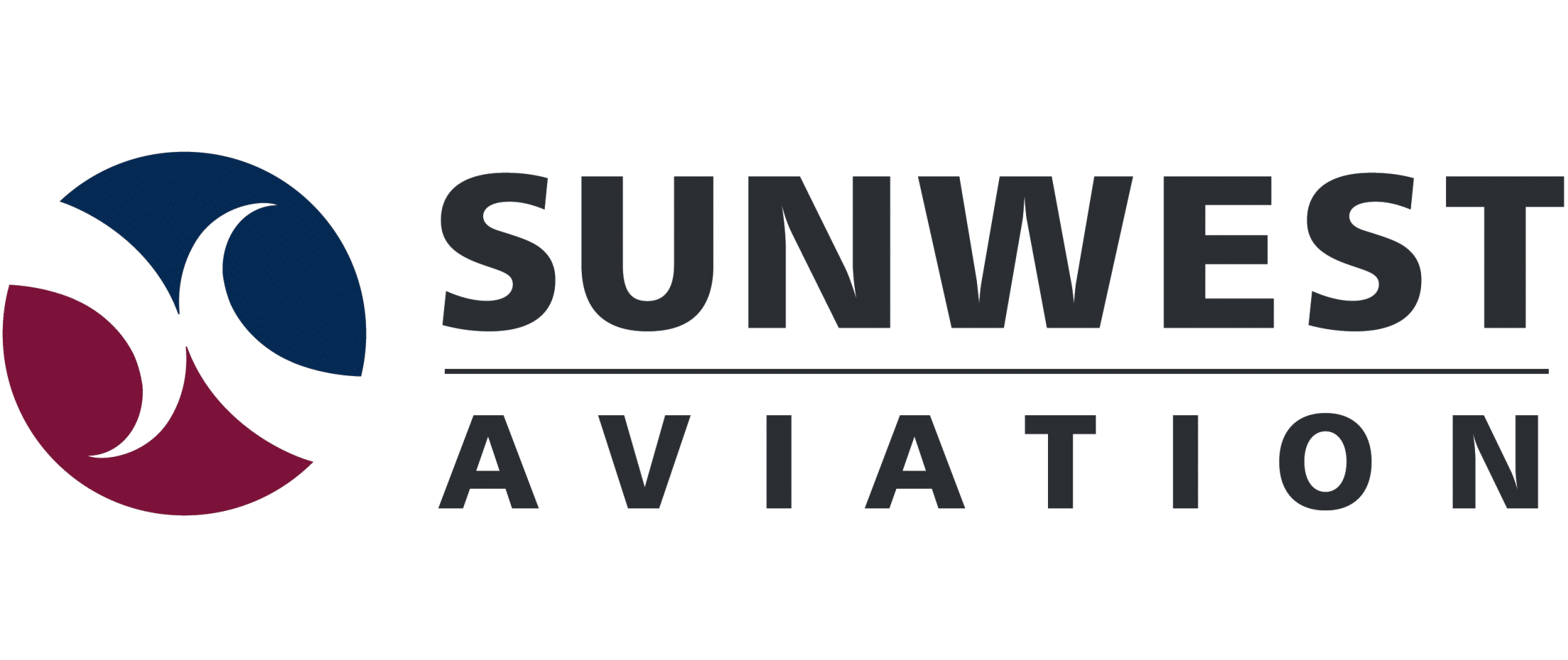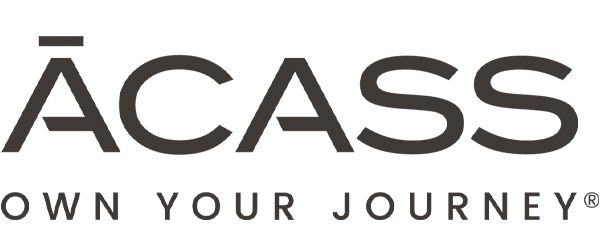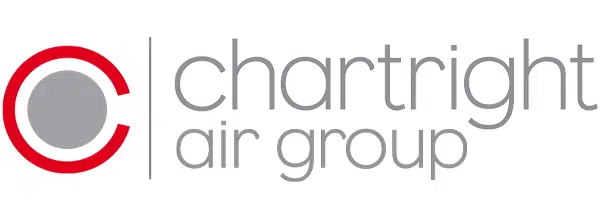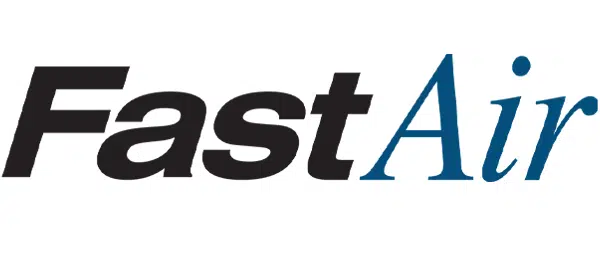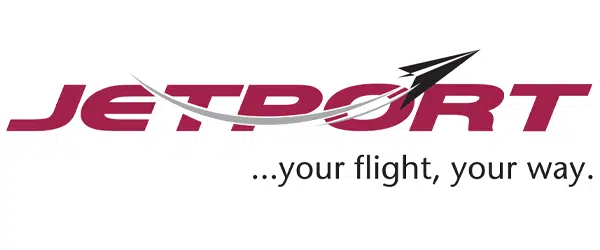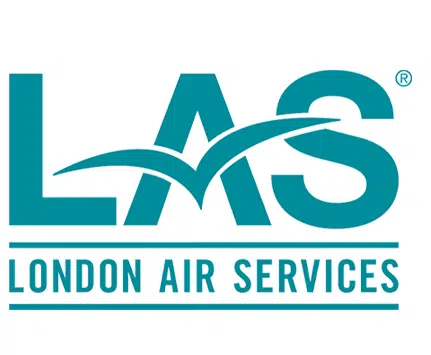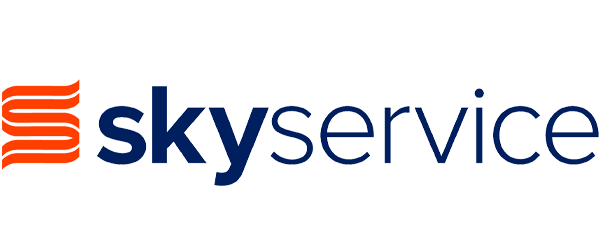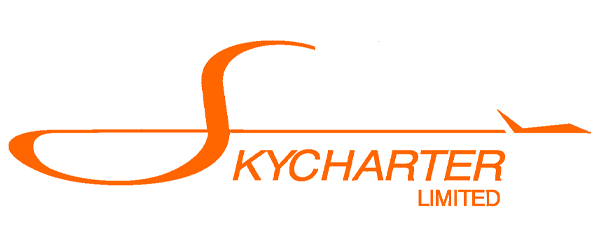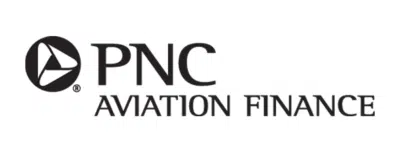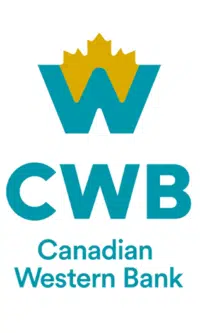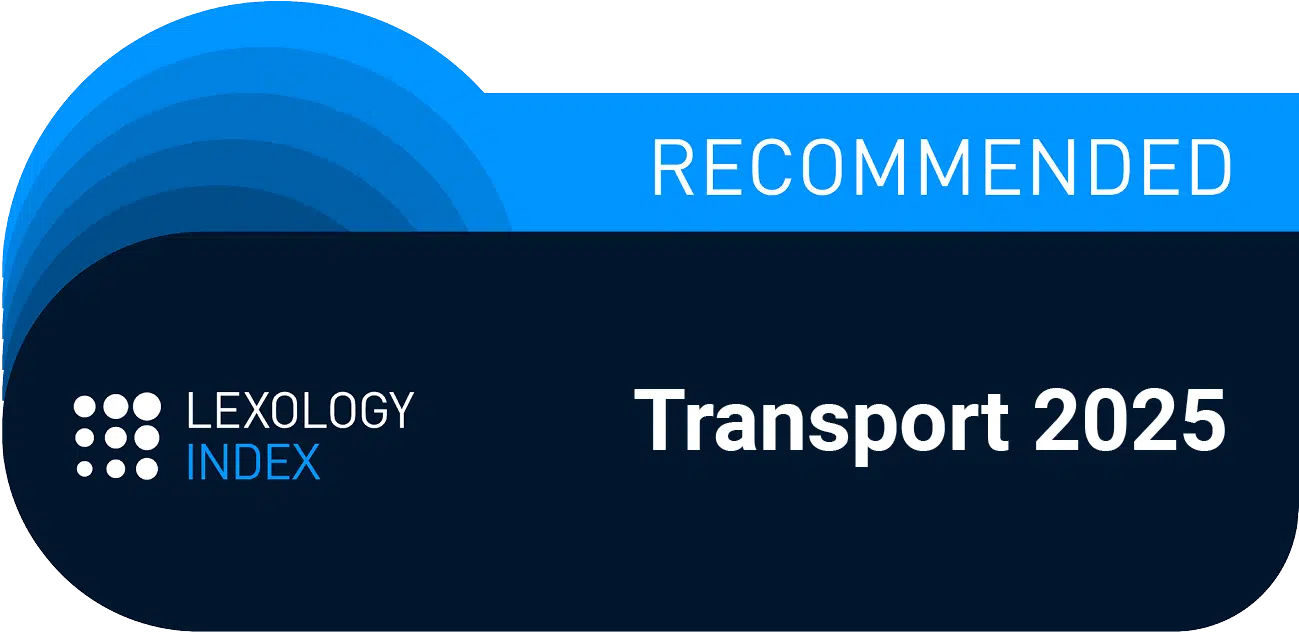Canadian Transportation Act Review Agency
Clark & Company Submissions
Overview In May of 1984, the then Minister of Transport announced ” … the first comprehensive reform of Canadian air policy … “. focused on the domestic market. In that statement, he indicated that” … it has becoming evident that airline deregulation in the U.S. has delivered many important benefits, including the emergency of new, low-cost airlines offering spectacular price cuts for no frills services on certain routes … “. He indicated that less regulation was a desirable approach and that he was instituting the first phase of reform.
It wasn’t until January I, 1988, that the new National Transportation Act, 1987, came into effect as a result of the Minister’s mandate. That legislation included the virtual end of economic regulation of Canada’s domestic airline, initially just in southern Canada. The legislation provided that Canadian carriers would operate within Canada pursuant to domestic license authorities and removed any distinction between charter and scheduled operations. This allowed domestic service air carriers free to distribute their capacity in whatever manner they desired.
Legislation
The legislation removed the economic test of “hire and reward” from the mandate of the economic bureaucracy, the new Canadian Transportation Agency (“CT A”) and establish the less stringent test, being the “publicly available” test. The legislation to effect these changes was contained in Section 61, which clearly provided that the mandated oversight by the CTA was only to be exercised in situations where the entity involved held a Canadian Aviation Document (“CAD”). The authority to issue a CAD, which is defined in Section 3(1) of the Aeronautics Act, continued to be delegated to the technical competency authority, Transport Canada (“TC”). Only with the entity meeting the stricter “hire and reward” test of the Aeronautics Act, and the entity obtaining a CAD from Transport Canada, did the economic oversight authority, the CTA, have any jurisdiction over that entity.
Canadian Transportation Act Review
At the time of these legislative enactments, the concept of Indirect Air Carrier was well established in the U.S. legislative framework and provision was made in the new Canadian legislation for control over only those commercial entities that Parliament determined required Canadian control. Thus, the new legislation detailed compliance requirements over the tour operator industry, which federal legislation cannot directly control, by requiring the air carrier to obtain permits for any tour operator contracts. Thus, indirectly by regulation, the Federal Government imposed commercial terms on tour operators in their contracts with the airline, in order that program approvals would be obtained. Parliament, at that time, did not deem it necessary to utilize its legislative authority over any other commercial entities which then, or now, could be considered Indirect Air Service Carriers.
History
The CTA has spent the ensuing nearly three decades attempting by policy and enforcement procedures to expand this authority beyond the clear legislated mandate contained in the now Canada Transportation Act. Through enforcement and court processes, it has attempted to unsuccessfully expand the definition of “publicly available”, especially in regard to corporate executive aircraft operations. More importantly, it has exercised its putative powers to expand licensing requirements over numerous entities that were incapable of obtaining a CAD from Transport Canada.
In order to effect this expansion of policy, the CTA, when investigating an entity operating in the aviation economic community, inquired of TC, based on the business plan of that entity, whether or not the entity required a CAD in order to conduct its operations. The CTA took the numerous negative advisories from TC, in which initially TC indicated that “This letter may be considered a Civil Aviation Document for the purpose of your obtaining a CTA license … “, as authority to continue with its bureaucratic process. With those TC letters, the CTA pressed enforcement against numerous entities, all of whom obtained CTA licenses due to the fact that compliance was easier and less expensive than battling the illegitimacy of the CTA policy position through court processes.
This resulted in numerous entities that either contracted for aviation uplift with qualified air carriers and were merely marketing the services of those air carriers, or entities that provided charitable uplift for individuals requiring medical attention remote from their residence, to obtain and maintain CTA licenses notwithstanding that all lacked a CAD. Thus, community air services in numerous communities contracting with a commercial air service for operations to a hub, as well as medical operations putting individuals in private aircraft seats for journeys to major hospitals, such as Hope Air and Angels of Mercy, all were forced to obtain CTA licenses.
Upon the court determination against the CTA in regard to the attempt to expand “privately available” on executive aircraft operations, the CTA amended its position in regard to these marketing operations and a number of these illegitimate CTA licenses were withdrawn by the CTA, due to the fact that they clearly were not authorized without a CAD. As indicated in the Consultation Paper, this has now been reduced to the point where only 16 entities that have no aircraft operational ability, have been forced to maintain CTA economic licenses which in the opinion of the CT A, then allows them to participate in domestic air services. Strangely, the CTA then issued a Decision, rather than an Interpretation Bulletin, on what, in their opinion, constituted an “air service” which analysis was based on risk and reward between the aircraft operating entity and the unrelated marketing entity. By that time, TC had eliminated the statement in its advisories that the CT A could consider the advisory as an equivalent document to a CAD. More recently, Transport Canada has indicated its unwillingness to provide any advisories as to the requirement for a CAD based on any business plans by third parties.
Section 57 of the Canada Transportation Act, clearly prohibits the operation of an air service without a CAD, and equally, Section 61, which sets forth the requirements to obtain a domestic service license, sets out the requirements for a CAD in any licensing process. This was clearly intended to prohibit the CTA from exercising any oversight of any entity that did not possess a CAD in its own name. The CTA’s jurisdiction is clearly only over those entities that possess a CAD. The CTA’s oversight is clearly limited to that operating entity, and not over any independent entity that markets the commercial air service capacity.
In addition, the deregulation phase clearly obliterated any concept of charter vs. scheduled operations in the domestic marketplace. It is quite confusing for the CTA in its Consultation Paper to now suggest that the marketing entities are legitimate only provided that the marketing entity ” … charters the aircraft’s entire capacity for the purpose of resale to the public … “. We would again submit that there is no continuing oversight mandate to the CTA in regard to the distribution by a commercial air carrier of its domestic capacity in any manner, and would again point out that the CTA has no domestic regulations defining charter vs. scheduled operations. Indeed, domestic operators are not even required to file schedules with the CTA if they determine to distribute the capacity on an operation conducted on a regular basis between any two domestic points.
And we would question the rationale of limiting a commercial air service from determining that it will assume a portion of the risk on a new proposed domestic operation, when the risk is shared with a third party marketing entity. The proposal by the CTA for any continuing oversight as to the capacity distribution is totally contrary to their legislated mandate in the domestic market. And their proposal for provided additional oversight by means of legislation on marketing entities, is contrary to the international trend to deregulate domestic air services. fn particular, the U.S., since in its deregulation in 1978, has decreased significantly its oversight on Indirect Air Service Carriers. And we would point out that U.S. oversight not impose financial fitness or nationality ownership requirements on these indirect air service carriers; albeit, financial security requirements are imposed on those conducting public charters similarly to those imposed by the ATR’s on tour wholesaler approvals.
Opposition
In its Consultation Paper, the CTA has stated that without oversight, Indirect Air Service Providers ” … would not be subject to the licensing requirements, contracts they enter with the public would not be subject to tariff protection, nor would they be subject to the financial and Canadian ownership requirements.” We would point out that the air carrier involved has already met the financial and Canadian ownership requirements that are mandated to the CT A. And we would point out that the air carriers are sufficiently mature to determine the risk of entering into agreements with third party marketing entities, and that the regulator and the public can rely upon the commercial air service not to jeopardize their future existence by entering into agreements with those marketing companies which could jeopardize their financial future.
We also disagree that the contacts for carriage with marketing entities, would not be subject to the tariff provisions of that carrier, notwithstanding the marketing of the capacity by an unrelated third party. That proposition by the CTA would indicate that the millions of Canadians who have travelled on Canadian air carriers whose capacity was contracted by third party tour wholesalers, were not covered by the tariff of those carriers. We appreciate that there is a privity of contract argument; however, all third party marketers and tour wholesalers ensure in their terms and conditions that end supplier terms and conditions including air carriers, hotels and transfers transportation companies are acknowledged as terms and conditions of the third party’s contract; and all air carriers require, for liability reasons, that their terms and conditions are acknowledged as being part of the contract between the third party and the passenger.
We appreciate that for commercial reasons, certain Canadian entities will fully support the CT A continuing and expanded oversight proposal contained in its Consultation Paper. However, we would point out that the CTA is not the bureaucracy mandated to determine economic policy regarding the Canadian transportation industry. Self-serving requests from adverse commercial interests cannot be given legitimacy by the CT A, pursuant to its clear restrictive mandate in the Canadian Transportation Act. We would also suggest that question of control over Indirect Air Service Providers has only arisen due to the fact that it has not been any of the major air carriers that are proposing these third party marketing arrangements, as they do not desire to see that type of competition in the Canadian market.
We would also question the timing of the CTA in this consultation on Indirect Service Providers. We are presently in the middle of a statutorily required process for the review of the legislated mandate of the CTA, which is about to report after extensive stakeholder input. While we have not reviewed all submissions for the purposes of this paper, we do not recollect any submissions to that Review even mentioning any requirement for a legislative review of that which the CTA is now referring to as Indirect Air Service Providers. If the CTA has concerns over its legislative authority in this area, its proper recourse was for it to raise this issue to the legislated independent review of its mandate, rather than this self-serving review in an attempt to expand its legislative mandate.
And in conclusion, we would point out that the Minister’s expressed hope over 30 years ago that his deregulation would stimulate the low cost carrier business plan, which even then had proven to be successful in the U.S. market, still has not arrived in Canada, largely due to this expansive oversight policy of the CTA in regard to domestic air services.
DATED at Toronto, this 21st day of January, 2016.
William F. Clark
Principal
- New Liability Limits MC99
- Special Aviation Exemptions Issued to Ensure Critical Holiday Operations
- Simplifying Airspace Operations: Understanding AC 700-039 Issue 03 and RVSM Requirements








